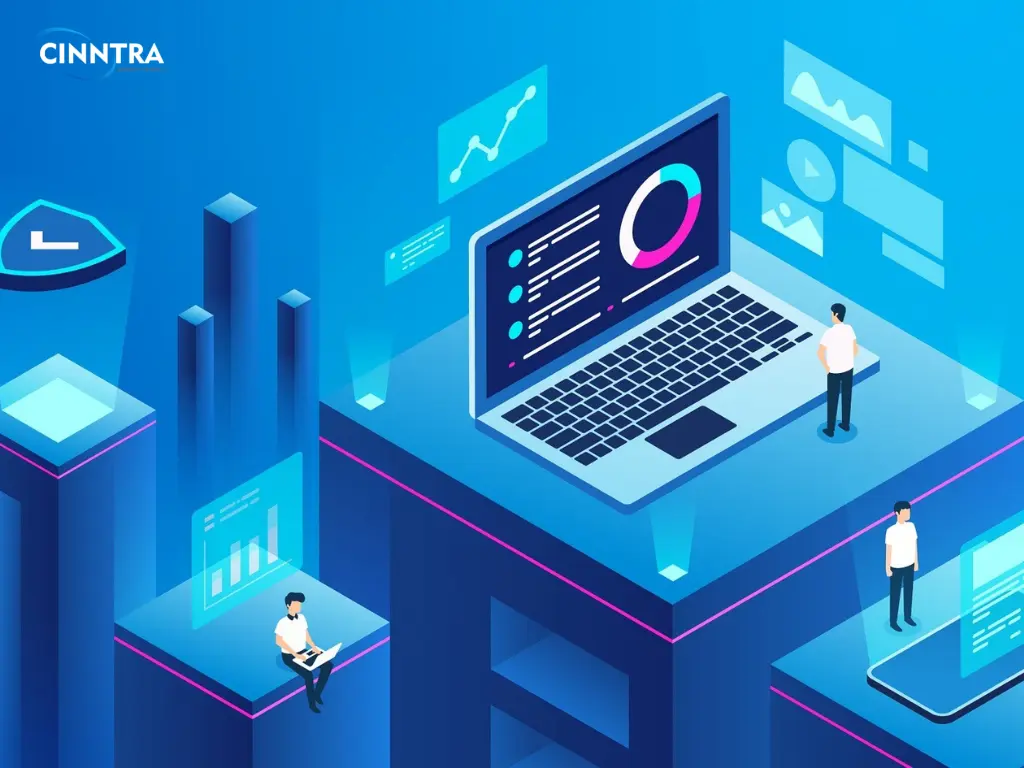5 Benefits How Important is Agile to Software Development

The advent of several inventions based on technology, including ERP systems, is a result of the times' rapid technological advancement. All folks will undoubtedly find these advancements convenient when performing an activity. These enhancements will also be centred on the improvement of the situation. Because of this, it's crucial for a party to be able to adapt swiftly to changing circumstances; this is the Agile Methodology.
Technology, namely agile, will be the newest technique to make it simpler for developers to produce high-quality software. Do you understand what the agile technique is? The readers of this post will learn more about the significance of the agile technique in software development.
Benefits of Agile to software development
1. High-Quality Product
The software development team does not try to create all features at once when utilising Agile methodologies. Instead, they break the project down into manageable pieces so they can concentrate on high-quality collaboration, development, and testing.
They test each iteration and request feedback from the product owner, who is you, afterwards. With the aid of this technique, the team may swiftly locate issues and discover expectation mismatches throughout the early phases of development. Each iteration of these incremental releases will culminate in a fully tested and functional product thanks to the work being done on them. The product's quality is raised in this way.
2. Reduction of technical debt
It alludes to the upkeep duties required to support the current product. Refactoring, testing, and defect resolution are all part of it.
The use of agile methodologies reduces technical debt to a minimum. The "product backlog" is updated with any necessary revisions to features, problems, or other maintenance duties.
The team examines the backlog before each sprint planning meeting to identify the items that need to be resolved first. As a result, each sprint offers a fresh chance to address bugs while also developing new features.
3. Consumer contentment
Since the consumer is constantly a part of the decision-making process in Agile, customer retention is higher. The flexibility and adaptability are hampered in the traditional framework because the customer is only involved in the planning stage and has no say in how things are done thereafter. You give value to the customer and guarantee that the final product is actually in line with their expectations by keeping them informed and making modifications in response to their input.
The drastically shortened time to market is another advantage of agile project management. This enables the owner of the product to effectively take advantage of the opportunity and, in some situations, benefit from the first-mover advantage. Customers will naturally return to you for other projects once they receive these advantages as a result of your performance.
4. User focus testing
Agile involves more than just being flexible. Delivering what the customer values most is the aim. Working together with your development team makes it easier for them to comprehend your expectations. In this case, "user stories" are used to illustrate your requirements.
When implementing agile, the team refers to a massive task as "Epic." Based on the requirements of the client, this body of work is divided into specific tasks known as "user stories."
It follows that an epic contains numerous user stories. It is possible to divide these user stories into tasks and subtasks.
Teams might organise their work in this manner. allowing for the effective completion of major projects. Additionally, it enables the team to provide value to the client.
The extensive requirement list created using a conventional development technique stands in stark contrast to the idea of user stories.
5. Creates fully aligns and transparently
Agile development calls for participation and teamwork that are absent from more conventional methods like the waterfall model.
In the agile methodology, the entire team examines, validates, and decides which user stories to include in the specific iteration before each iteration.
To complete the features given to the sprint, the customer, analysts, testers, and software developers collaborate. Daily meetings are held by the team to keep everyone on task. Each team member carefully collaborates with the developers and checks each new feature added throughout the iteration. It enables them to make sure that your needs are met.



0 Comments